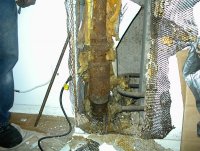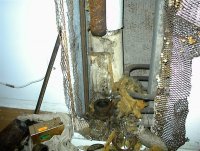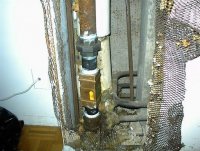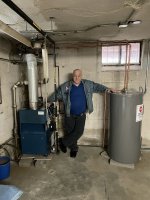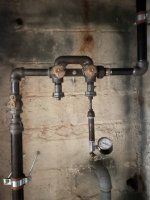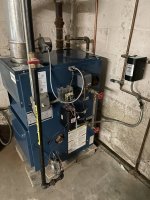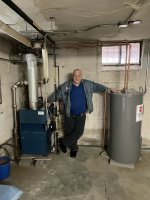You can trust me when I say I don't need a steam lesson. I'm telling you what happened in the past. Yes one pipe steam was the most common way to heat buildings. Yes that does require less pipe. Two pipe steam came later. Steam is very simple and has almost no moving parts. I don't really know what any of this has to do with the circulator..
Last time I looked a steam trap it DID have moving parts or is it optional? LWCO does it have a moving part? Air vents NO moving bellows inside ?
Condensate vacuum pump? expansion loops do move as well as expansion compensators BUT if you say very few "almost moving parts" I no longer need to discuss how steam managers to stay in a radiator or how the steam lines are vented
I guess the piping is just to a boiler and back with just piping to and from .
Thank you for clarifying how simple steam systems are
By the way a one family home I was working in was built in 1865 and it was a 2 pipe STEAM system as well as Mrs. Gambles home (Proctor and Gamble)
What We did was remove the "No moving part" of the steam traps, removed the radiator steam valves and installed non electric valves on each CI radiator removed the Safety Valve and installed a Relief valve on the boiler installed circulators and replaced the sight glasses and Tri indicator and did other modifications and converted it a to a hot water system after doing a hydrostatic test on the boiler
Her heating bill was reduced by over 30% and the comfortable level also increased
We also installed a 3" flanged SPIROVENT AIR as I do on all my hot water boiler
installations
https://www.spirotherm.com/sites/default/files/Air-2A.pdf

